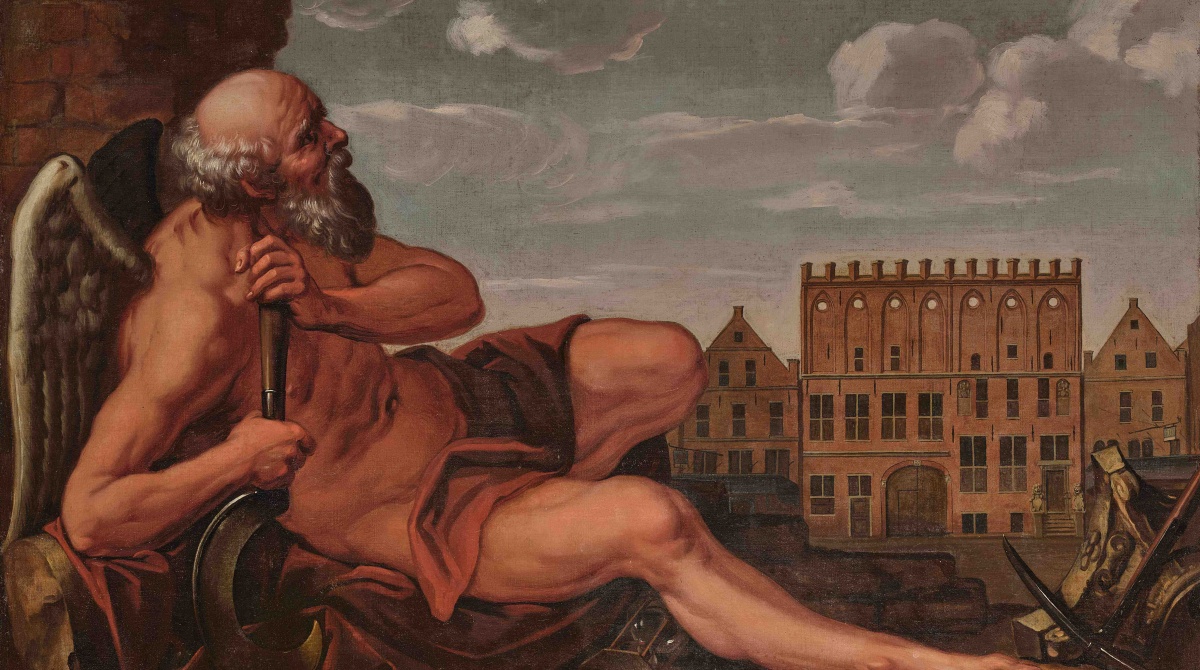Time is a force that sets everything in motion. We tend to imagine time and history as a straight line. But what happens if we move through it back and forth? Or in circles?
In It’s About Time, the Groninger Museum presents a transhistorical selection of works from its own collection. This exhibition shows that time is a multifaceted, movable concept, capable of bringing new connections to light again and again. Contemporary art and photography enter into a dialogue with 17th-century paintings; regional artworks meet internationally iconic pieces.
The show’s eclectic style reflects the museum’s unique collecting history as well as the dynamism of its postmodern building – itself a playful encounter between different styles and ideas from multiple eras. Various Groninger Museum curators have been given the freedom to travel back and forth through time and to present their own interpretations of the collection.
Each room explores time from a unique, personal point of view. Rather than following a chronological storyline, this exhibition offers a dynamic interplay between old and new disciplines, tradition and innovation, confrontation and tranquillity. It’s About Time invites us to reflect. How do we experience time? What is its significance in art? And how does it influence our view of the world?
Marga Weimans, Debut, 2007
Marga Weimans (1970) is a fashion designer who explores the boundaries between fashion, art, and architecture. She challenges traditional ideas about clothing.
Her Debut Collection (2007), her final project at the Royal Academy of Fine Arts in Antwerp, marked the start of her career. The collection includes 19 looks that slowly transform, from a simple T-shirt into larger and more complex forms. Using materials like tin, mesh, and fiberglass, and adding striking embellishments, Weimans gives the collection an industrial, urban feel. Some looks appear more like small architectural structures than wearable dresses.
Weimans’ designs are far from ordinary. They tell stories about memories and identity, influenced by her Surinamese background, feminist upbringing, and the city she grew up in. For her, fashion is a way to show where we come from, who we are, and where we can go.
Her work has created a unique visual language. Transformation is a central theme, both in the shapes she creates and in the social messages her designs communicate.
